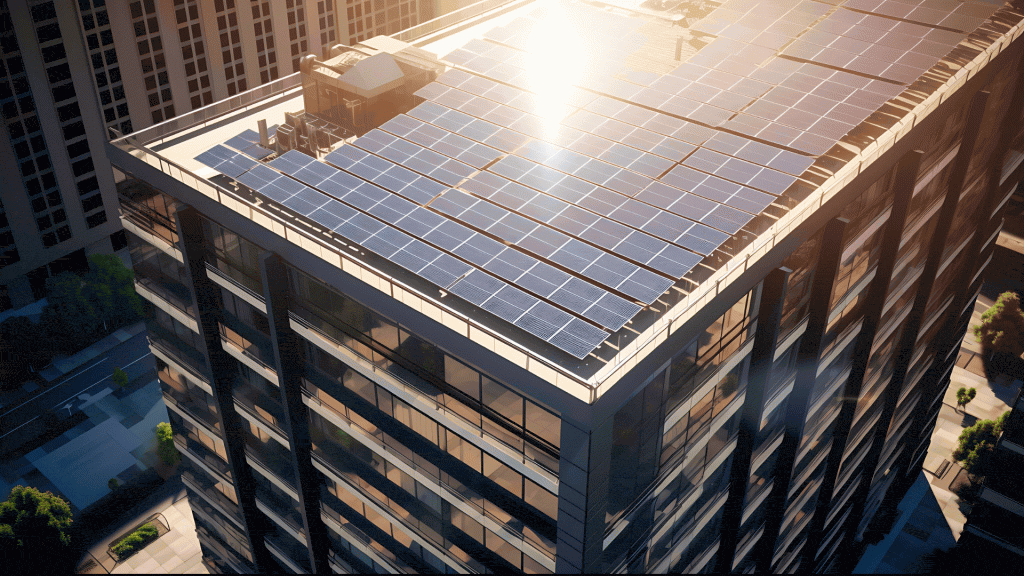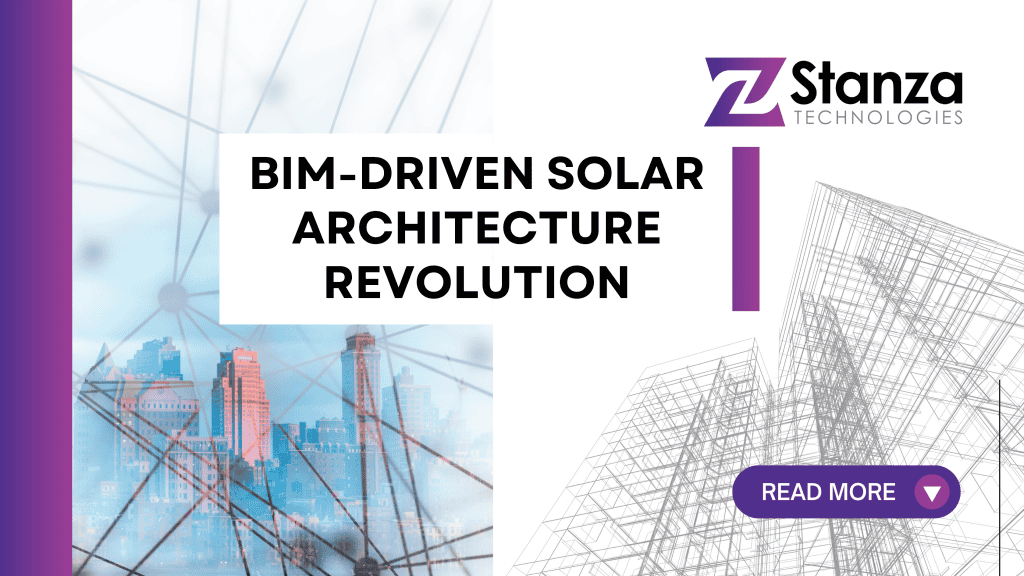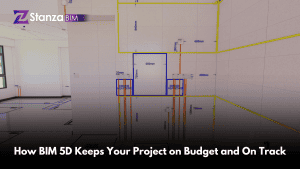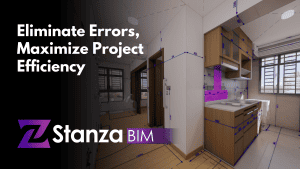The integration of solar panels has evolved significantly as a means of harnessing renewable energy and as a pivotal element in sustainable building design. From humble beginnings to cutting-edge innovations, the journey of solar panels within architectural frameworks reflects a broader shift towards environmentally conscious construction practices.
Solar panels have transcended their initial role as energy generators to become integral to building aesthetics and functionality. Early installations often focused on rooftop arrays, aimed primarily at supplementing traditional energy sources. Over time, advancements in photovoltaic technology have enabled more versatile applications, including facade-integrated photovoltaics (FIPV), solar shingles, and even transparent solar cells embedded within glass surfaces.
Integrating solar panels into building design has transformed the visual landscape of urban environments and catalyzed a paradigm shift toward sustainable architecture. Architects and engineers now leverage solar panels not just for energy efficiency but as design elements that enhance structures’ overall aesthetic and environmental performance.

Building Information Modeling (BIM) has emerged as a game-changer in maximizing the potential of solar panel integration within building design. BIM software allows built industry professionals to create and manage digital representations of the overall physical and functional characteristics of a building. By incorporating solar panel data into BIM models, stakeholders can visualize, simulate, and optimize the placement and efficiency of solar installations right from the design phase.
One of BIM’s key advantages is its ability to simulate and analyze various scenarios related to solar panel integration. Designers can assess factors such as solar exposure, shading analysis, and energy generation potential with high accuracy. This enables them to make informed decisions about the type, size, and orientation of solar panels, optimizing their performance throughout different seasons and geographical locations.
Moreover, BIM facilitates collaboration and communication among project teams, ensuring seamless coordination between architectural design, structural engineering, and electrical systems planning. This holistic approach enhances the efficiency of solar panel integration and minimizes design conflicts and construction errors, thereby reducing overall project costs and timelines.
Various landmark projects stand as testaments to the transformative power of solar panels integrated through BIM, instilling a sense of inspiration and hope for the future of sustainable architecture. The Edge in Amsterdam, a beacon of sustainability, extensively used BIM to achieve its net-zero energy goal. This means the building produces as much energy as it consumes, largely through integrated solar panels and smart building technologies. The seamless coordination enabled by BIM allowed architects and engineers to optimize energy efficiency while maintaining architectural integrity.
Similarly, the One Central Park development in Sydney showcases how BIM-driven solar panel integration can significantly enhance urban sustainability. By strategically placing solar panels on the building facade and incorporating green walls, the project reduces energy consumption and enhances the visual appeal of the urban landscape, offering a hopeful vision for the future of sustainable urban design.
As solar panel technology continues to evolve at a rapid pace and sustainability becomes an increasingly urgent priority in architectural design, the role of BIM will only grow in significance. By leveraging BIM’s capabilities to simulate, analyze, and optimize solar panel integration, architects and engineers can propel the transition towards greener, more efficient buildings. The ongoing evolution of solar panels within modern architecture mirrors a broader commitment to sustainability, where innovation and design converge to create a built environment that is both environmentally responsible and aesthetically pleasing, keeping the audience engaged and excited about the future of sustainable architecture.










